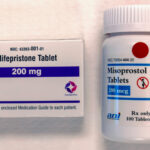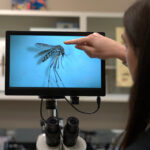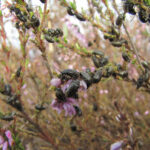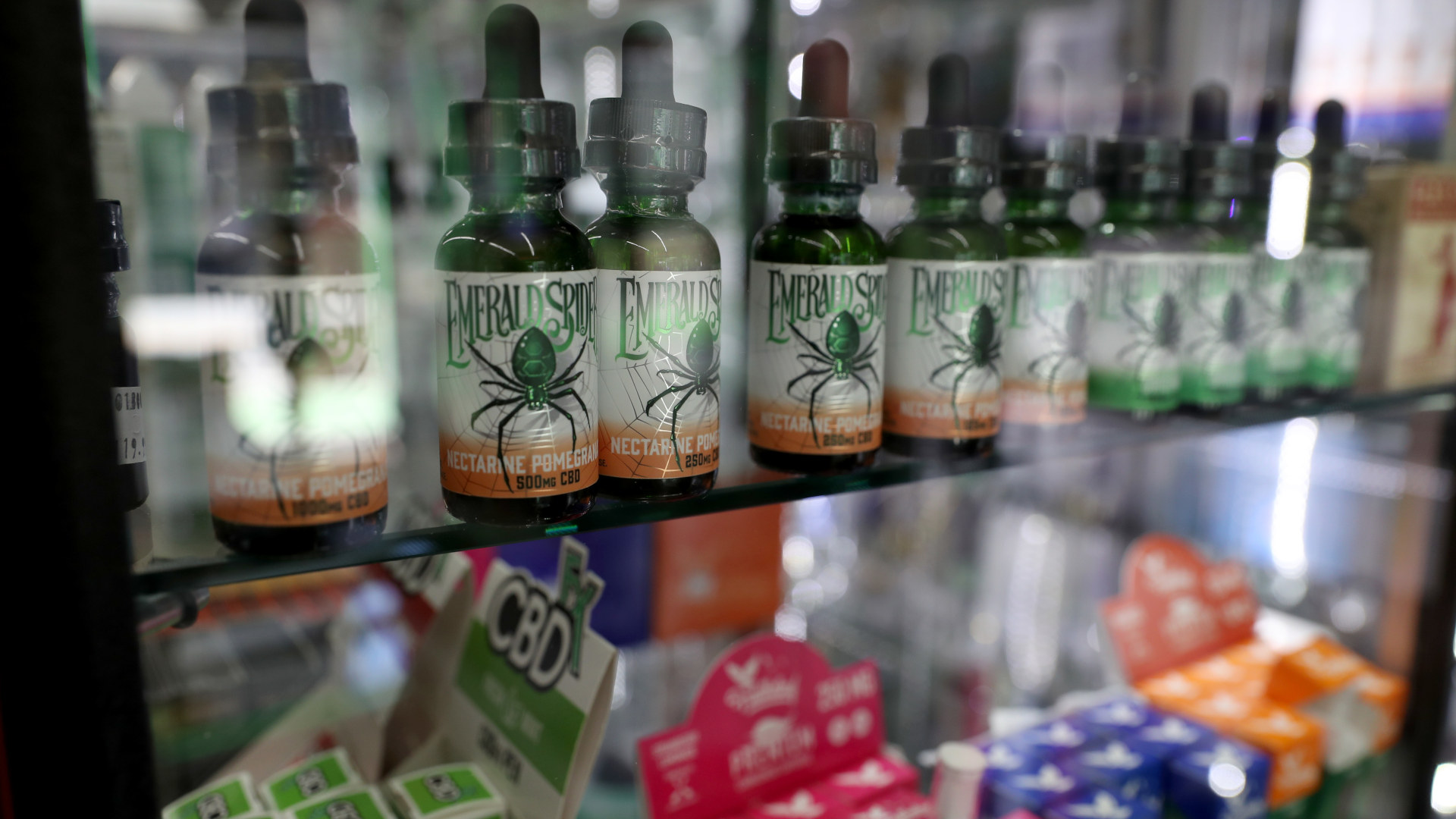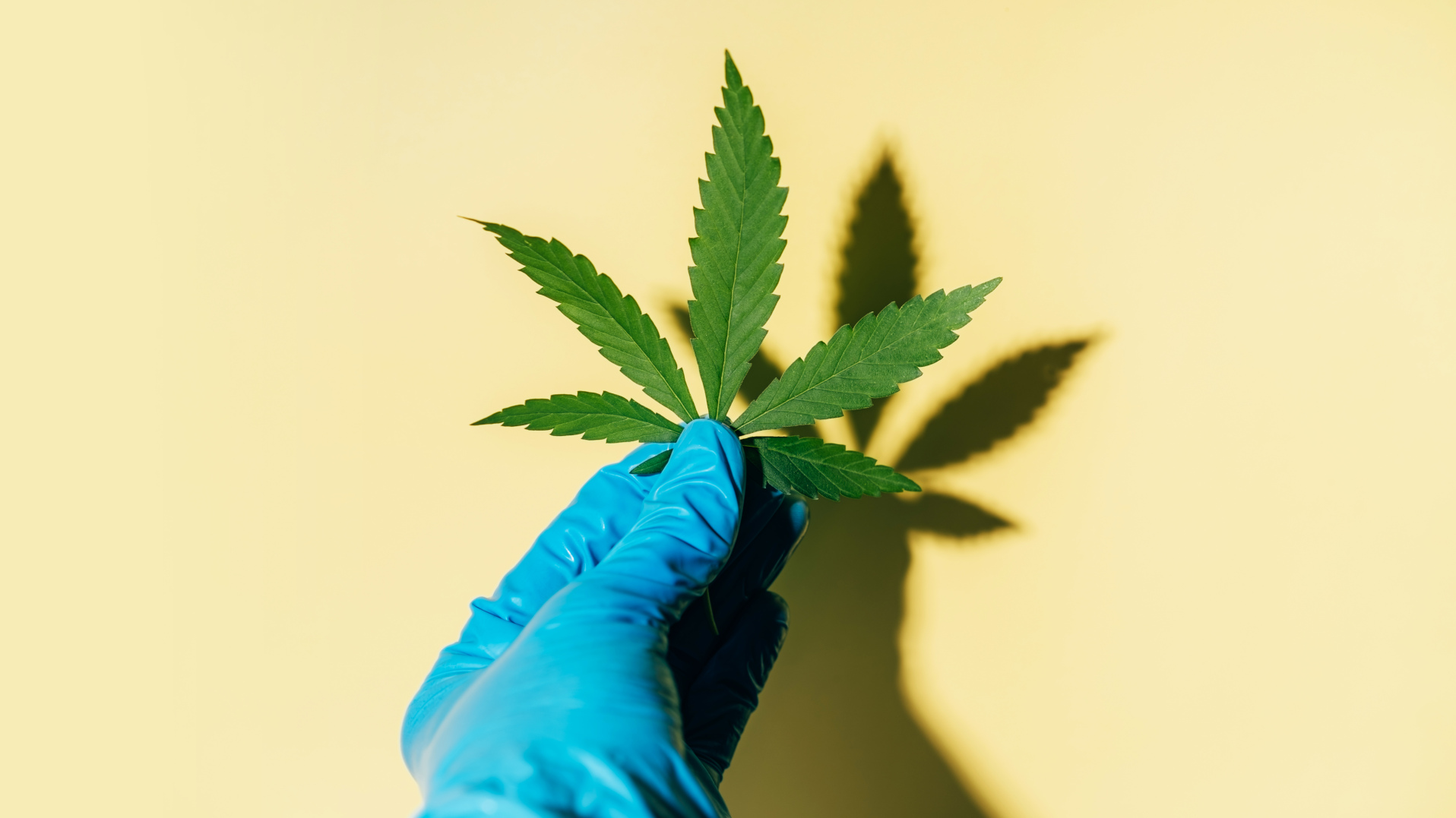In the popular narrative, cannabidiol, or CBD, is portrayed as a natural, non-intoxicating cure for a host of ailments — and sometimes that extends to the anxieties of modern adolescence. CBD is everywhere, infused in products such as gummy candies, vapes, skincare serums, and even fizzy seltzers. Usually derived from the hemp plant, CBD is pitched as a calming remedy with none of the stigma of marijuana. Even a 2018 World Health Organization report noted that CBD shows no signs of abuse or dependence potential.
But as a physician and neuroscientist who studies how CBD affects the developing brain, I have to offer a different, more troubling answer: We simply don’t know if it’s safe for teens. And early evidence suggests potential for real, lasting harm. The comforting story our culture tells itself about CBD — that it offers harmless, botanical relief for stress and sleep problems — is dangerously out of step with the science. While we have been sold a simple wellness narrative, my own work and that of other scientists reveal a far more complex and cautionary tale — one that challenges the very foundation of the multibillion-dollar CBD industry.
How did a compound that the Food and Drug Administration has only approved as a potent prescription drug for severe childhood epilepsy become a common additive? The answer lies in a catastrophic regulatory failure. The 2018 farm bill legalized hemp, but the legislation and its extensions created no framework to ensure that the products made from it were safe, effective, or accurately labeled, nor did the bill set an age limit for it.
The result is a market that operates like the Wild West, a gold rush where consumer safety is an afterthought. The FDA-approved CBD medicine, Epidiolex, comes with a long list of documented risks, including liver damage and suicidal ideation, and requires careful medical supervision. Yet numerous consumer products containing CBD are sold without such warnings, mandatory testing, or oversight. Companies have made illegal, unfounded claims — so much so that in 2019, the FDA and Federal Trade Commission jointly warned a seller for marketing CBD oil as a treatment for autism, teething pain in infants, and attention-deficit/hyperactivity disorder. These unsubstantiated promises flourish in the regulatory void, while basic product-quality checks for potency or contaminants are not enforced.
The comforting story our culture tells itself about CBD — that it offers harmless, botanical relief for stress and sleep problems — is dangerously out of step with the science.
Into this void walks an entire generation of young people. An estimated 999,000 U.S. adolescents reported vaping CBD in 2023, a number that rose significantly between 2021 and 2023. They are the subjects of a massive, uncontrolled experiment. But what is this experiment actually doing to their brains?
The adolescent brain is not a finished product. Think of it as a bustling city under construction; the brain is furiously wiring and rewiring itself — building new neural circuits while pruning others — to refine the personality, social behavior, and emotional control that will shape the adult mind. My work in the Sall Lab at the University of California, San Francisco, asks a fundamental question: What happens when you introduce CBD into this critical construction zone?
To find out, we modeled adolescent exposure in rats, giving them CBD during the rodent equivalent of their teenage years. (We use rats because their brain development in adolescence parallels many aspects of human teen brain development.) We gave the young rats a substantial dose of CBD roughly equivalent to a high therapeutic dose in humans, on the order of several to dozens of typical CBD gummies’ worth. The drug cleared their systems quickly. But the changes it left behind were enduring.
As the CBD-exposed animals grew up, they became socially impaired. The adolescent CBD treatment appeared to fundamentally alter their social behavior; the rats were markedly less interested in their peers and less responsive to social cues compared with unexposed rats. Under the microscope, we could see that their brain cells had fewer branches and less complex connections, suggesting an impaired capacity to form the intricate circuits that sophisticated cognition and social behavior require. (This work is currently undergoing peer review.) For a compound that’s marketed to parents of anxious kids as a balm for social anxiety and stress, the irony was stark: CBD appeared to disrupt the very neural wiring of social interaction.
Our findings do not exist in a vacuum. They offer a biological explanation for what human studies have been hinting at for years: Adolescent cannabis use has been linked to long-term changes in brain structure and an increased risk of mental health challenges. The very fact that CBD doesn’t cause an immediate high has made it seem innocuous, but the science paints a more troubling picture. CBD may interfere with the brain’s natural developmental processes, potentially hindering its ability to build resilience and regulate emotions in the long run.
Noticing these concerns, the nation’s pediatric experts have weighed in. The American Academy of Pediatrics, after examining the evidence, urges strict avoidance of all cannabis products (including CBD) for anyone under 21. Their guidance is unequivocal: Young people should not use cannabis in any form. In other words, “natural” does not mean “safe” when it comes to a developing child or teen. The AAP and other public health authorities emphasize that adolescence is too critical a period to introduce a substance that we barely understand — especially one being hawked as a harmless wellness supplement.
This is not a call for neo-prohibition or fearmongering, but rather a plea for honesty, precaution, and common-sense regulation. CBD may indeed hold incredible therapeutic potential — current clinical trials are exploring its use for anxiety, pain, and other conditions. But potential is not proof, and hope is not a substitute for safety.
To protect the next generation, we must demand action from regulators and policymakers. The FDA needs to step up and finally regulate CBD products with the rigor this public health situation demands. At a minimum, the FDA must mandate rigorous testing and accurate labeling; every CBD product should be tested for its actual CBD content and checked for contaminants such as pesticides or synthetic cannabinoids, so consumers and parents know exactly what they’re buying.
CBD may interfere with the brain’s natural developmental processes, potentially hindering its ability to build resilience and regulate emotions in the long run.
Next, regulators must ban youth-targeted marketing and products that deliberately appeal to children. The days of CBD gummies and candies that look and taste like kids’ sweets must end. Rules like those for tobacco and alcohol advertising should apply: no cartoons, no candy imagery, no marketing on platforms popular with minors. Age verification for purchase should be strict and enforced with penalties. An online checkbox (“I am over 21, click here”) is a bad joke when it comes to keeping these products out of youthful hands.
Finally, our public health agencies — in partnership with scientists, pediatricians, and schools — must educate the public. We need clear, science-based campaigns to explain the difference between an FDA-approved medicine and a trendy over-the-counter CBD snack. Empowering families with facts can counteract the rosy marketing and help young people make informed choices. As one recent study concluded, evidence-based education and tighter regulation are urgently needed to reduce youth CBD use and its potential harms.
The wellness industry has sold us a comforting story. But the glow of the neon sign promising better sleep and risk-free relaxation masks a reality we can no longer ignore. We are gambling with the architecture of our children’s minds. It’s time to pause, reassess, and put safeguards in place before the unseen scars multiply. Natural does not automatically mean safe, and our kids deserve nothing less than the truth.
Nima Sadrian is a physician-scientist and postdoctoral research fellow at the University of California, San Francisco, where his work in the Department of Anesthesia and Perioperative Care focuses on the neurobiology of development and the effects of cannabinoid exposure.






